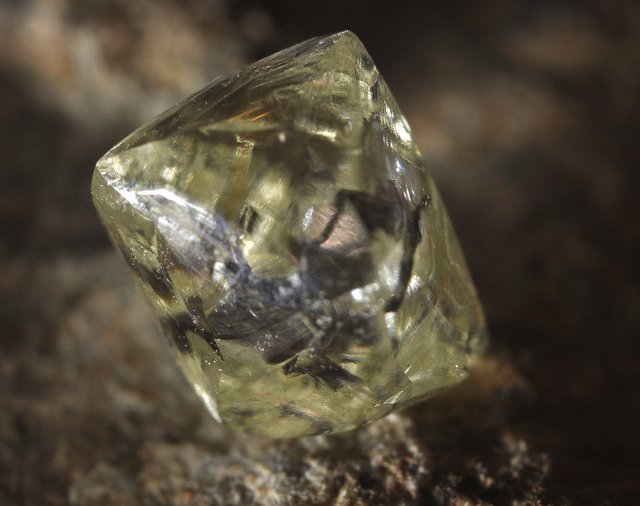Origins of Salty Diamonds

There are two broad categories of diamonds, generally speaking. Gem diamonds are the diamonds that are the most expensive due to their clear, jewelry-quality appearance. They are typically composed of pure carbon, grow slowly over time, and are ejected from the mantle via a special type of magma called, kimberlite - many of the ingredients of which form alongside the diamonds themselves.
Fibrous diamonds, on the other hand, are murky in appearance and are more commonly used in industrial applications, such as drilling and abrasives, than in the creation of jewelry. Fibrous diamonds form much quicker than gem diamonds and are not made of pure carbon but instead are often found containing trace amounts of sodium, potassium, and more.
Scientists have debated whether the salt commonly found in fibrous diamonds was the result of sea water that surrounded them when they formed or the sediment of the ocean floor itself. A team of researchers confirmed by experimentation that the compression of the ocean floor sediment with peridotite, a common mantle rock, resulted in the chemical compositions seen in fibrous diamonds. The diamonds form in subduction zones, where the meeting of tectonic plates results in one part of the seafloor pushing the other deeper into the mantle, causing the sediment to be intensely compressed and quickly heated until diamonds begin to form along with kimberlite, which will one day bring them to the surface during a volcanic eruption.
Read more: http://rsci.nl/694
Image: Public Domain
Congratulations @ribbitingscience! You have completed the following achievement on the Steem blockchain and have been rewarded with new badge(s) :
You can view your badges on your Steem Board and compare to others on the Steem Ranking
If you no longer want to receive notifications, reply to this comment with the word
STOPTo support your work, I also upvoted your post!